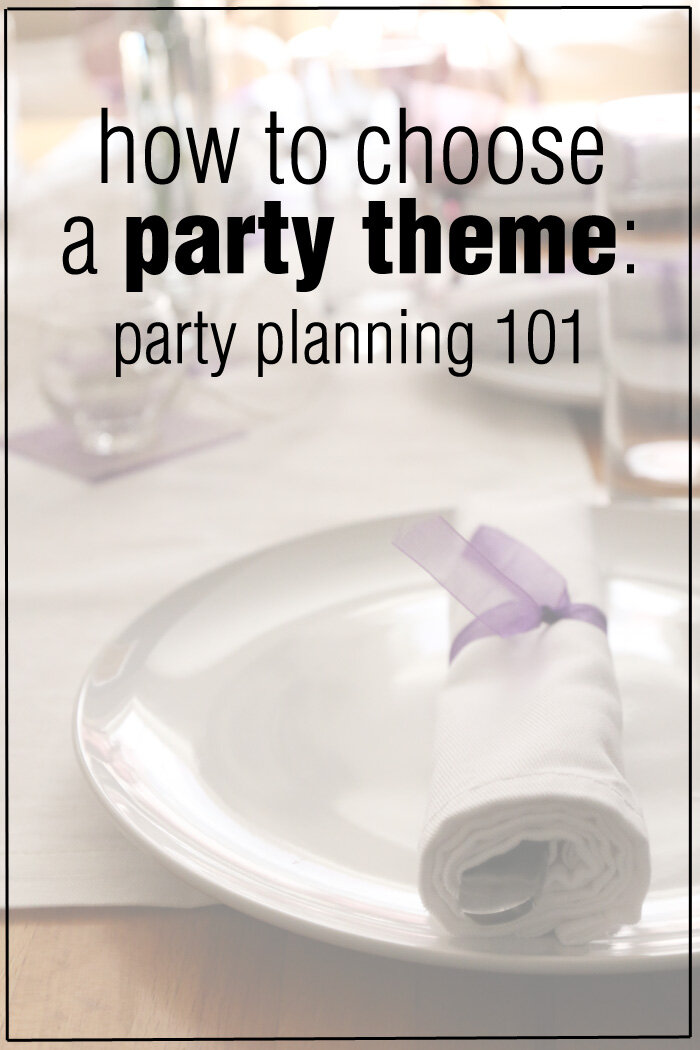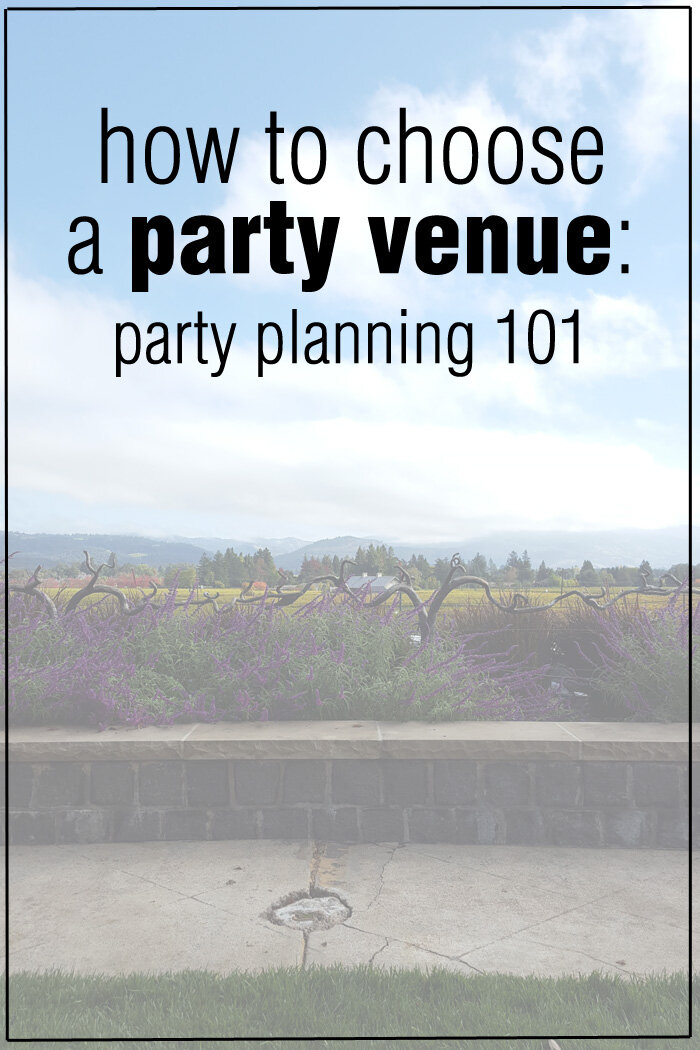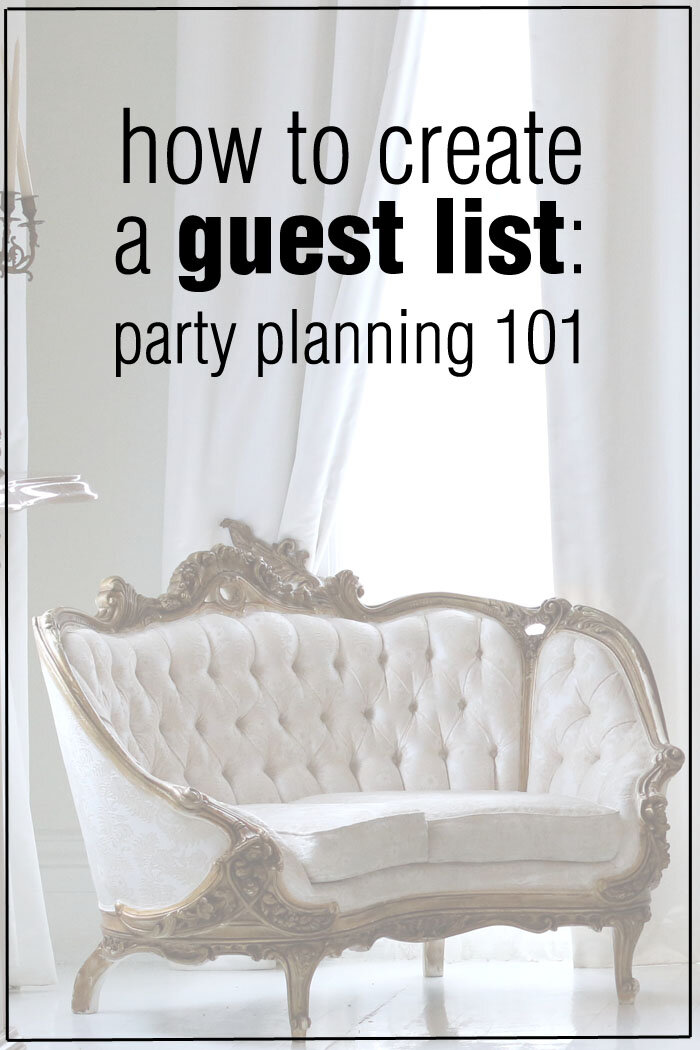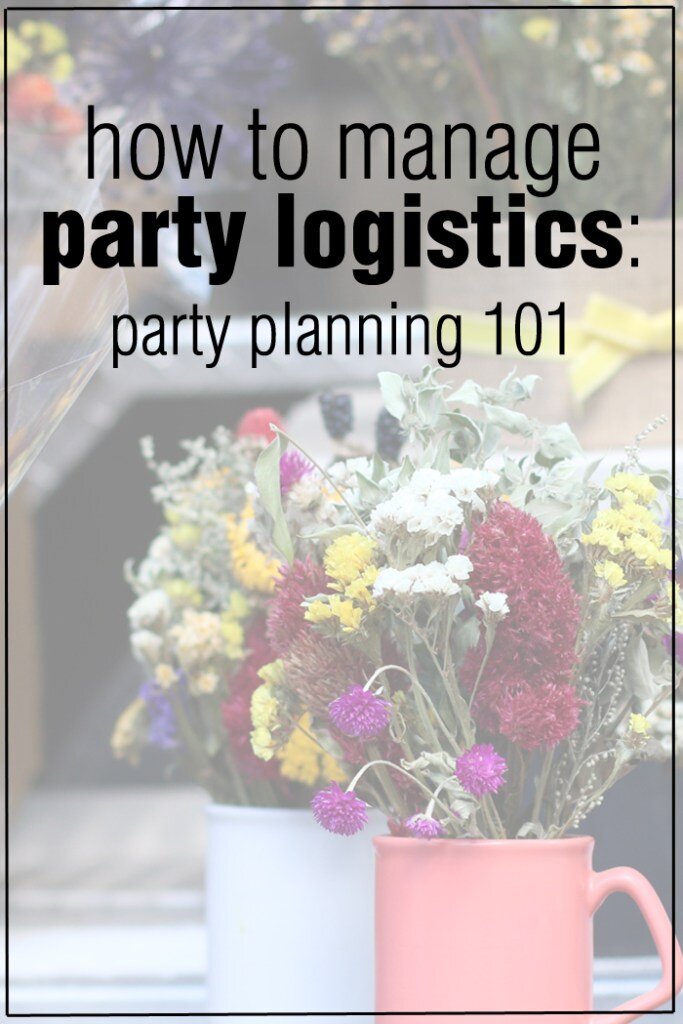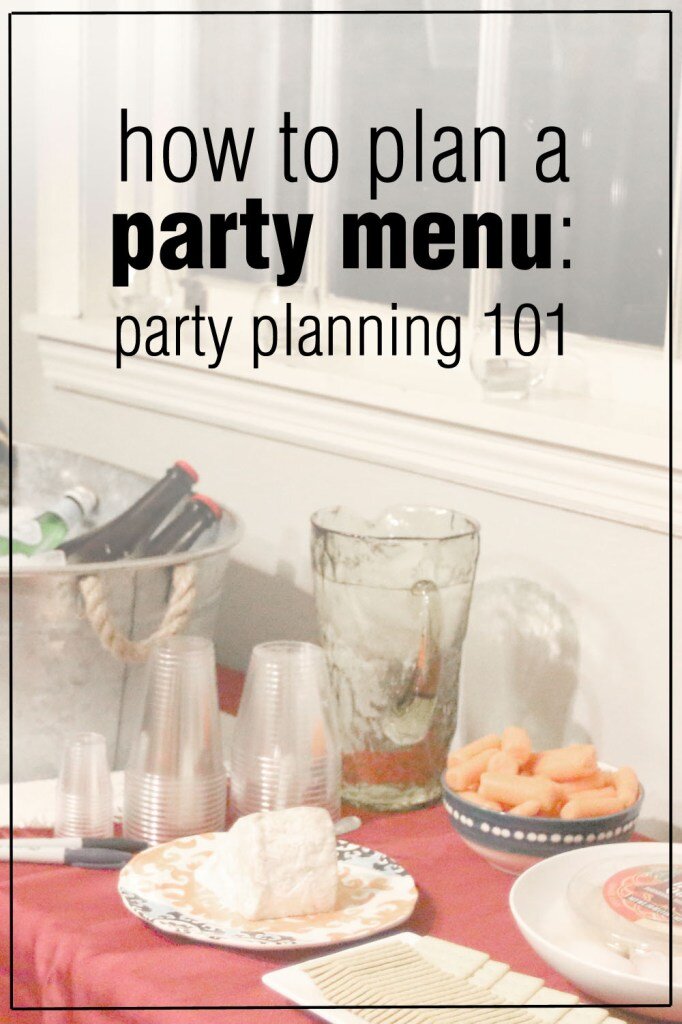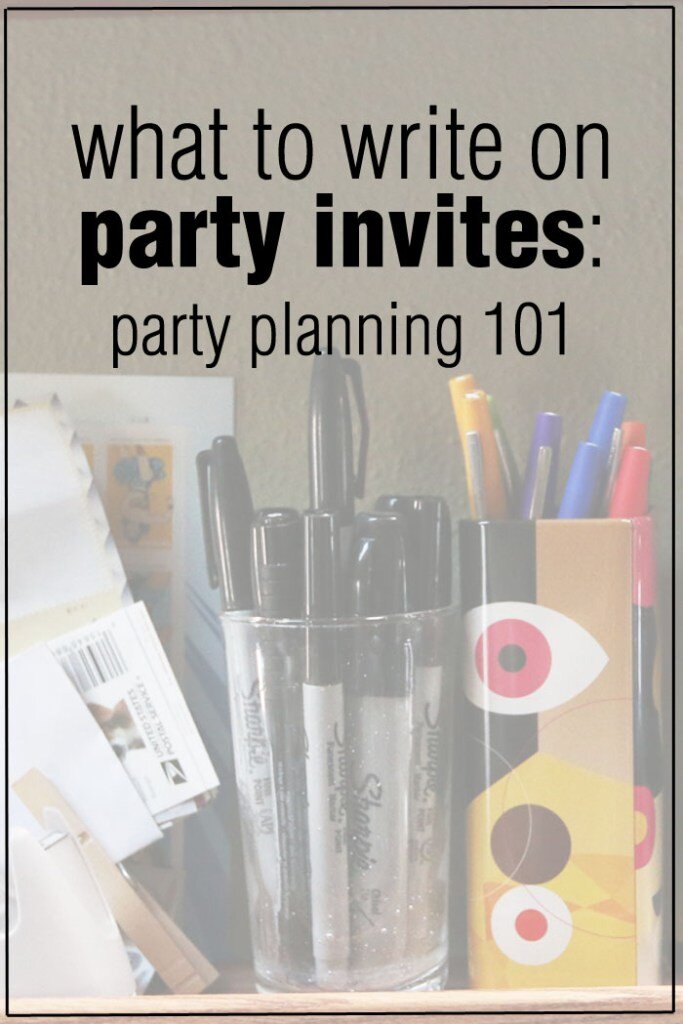Party Planning 101: How to Plan a Party Menu
Right off the bat, I’m going to tell you that I’m not a fabulous cook. (I’m a baker, but cooking gives me agita.)
That’s right, you don’t need to be a good cook to host parties, you just need to be able to plan a party menu for the event you’re hosting.
At this point, in Party Planning 101, we’ve covered how to choose a party theme, how to choose a party venue, how to create a guest list, and what information to write on an invitation, which means at this point you have a good idea of how big the party is going to be and what kind of food you want to serve.
Each party menu is unique, and you, as the party host can choose to customize your party menu however you see fit. For convenience, I’ve divided this post into three groups: light fare, medium fare, and heavy fare.
Light Fare Party Menus
Ideal for: Just a few friends coming over to hang out, a casual cocktail hour, afternoon parties, or parties focusing on other activities. Essentially, any time people will be hanging out, not around a mealtime, where you’re just trying to make sure people have something to do with their hands or have something to do when you’re not doing the activity.
Consider sticking to appetizers and/or desserts. They’re simple to make, great to make large batches of, and easy to buy ahead of time at the store.
Balance sweet and savory items so people have options and won’t get a stomach ache.
Cut up some fruit or vegetables to keep it light and fresh. This can also be prepped ahead of time.
My favorite examples include: this Mexican dip and pepperoni dip, the spinach dip recipe on the back of the Knorr box, carrots and hummus, chips and salsa, anise-flavored pink and white cake, Funfetti cupcakes, brownies, and ice cream with toppings.
Medium Fare Party Menus
Ideal for: A medium-sized crowd, brunch, lunch, or a party with a heavier focused on drinking. Essentially, any time people will be getting together near breakfast, lunchtime, or when you’re trying to make sure that people don’t end up getting too drunk with their alcohol intake.
Find a light meal to make, for example a soup, salad, or sandwich. All three of these things can be easily made ahead of time.
Serve bread because it’s great at taking up room and absorbing alcohol. Bread comes in many forms including croissants, pretzels, stuffed breads, cornbread, and more.
Consider adding in some of those light fare appetizers and desserts for variety.
My favorite examples include: this turkey and brie sandwich, grilled cheese and tomato soup, buffalo chicken grilled cheeses, vegetarian chili from Trader Joe’s, and any brunch foods – like this egg strata recipe.
Heavy Fare Party Menus
Ideal for: A sit-down dinner or an all-day event. Essentially, anything longer than 4 hours or a more formal dinner party.
Choose an appetizer, entree, and dessert that fit the same theme. This may coincide with your party theme, but essentially they should all be in the same style of food – whether that’s by nationality (Italian, Thai, etc), style of food (BBQ, 1920s, etc), or chef (just open up your favorite cookbook and go for it).
OR choose a “food bar” where you can add in so many possible toppings that people will be super full at the end.
Think about whether you would like multiple courses or everything to come out at once. Multiple courses is definitely a bit fancier, but everything coming out at once makes it much easier to serve. And clean up.
My favorite examples of main courses for a group include manicotti, honey-roasted veggies and gnocchi, baked ziti, penne alla vodka (can you tell I’m Italian?), and honey-lime sweet potato, black bean, and corn tacos.
My favorite appetizer-entree-dessert meals I’ve cooked so far have been this 6-course Italian wine tasting pairing meal, and this Thai-inspired meal.
My favorite examples of food bars include baked potato bars and taco bars.
Overall Tips for Planning a Party Menu
No matter what you end up serving, there are a few tips I recommend following:
You can never go wrong with a cheese plate. (That said, it does sometimes hit the budget pretty hard.)
Choose items that are seasonal in order to keep the prices down and the freshness up.
Think about where people will be eating. If they will be up walking around and mingling, make sure things are bite sized and can be eaten while holding a drink. If they will be holding a plate on their lap, make sure you’re not serving things that easily slide around the dish. And if they will have a table in front of them, feel free to go crazy.
Select only one item that will be difficult to make (if you choose one at all), keep the rest simple and the difficult ones the highlight of the party. This will help when you’re planning your cooking schedule the week of the event.
Keep drinks simple: water, non-alcoholic, wine, and beer. If you’re really feeling you can make a signature cocktail to go with your meal.
Review your guest list to see if anyone has any allergies or dietary restrictions.
If there will be children in tow, consider making something bite size or plain.
If you’re looking for additional tips on how to keep party costs low, check out this post.
Party Planning 101
Continue on with more party planning 101 with the following posts:

